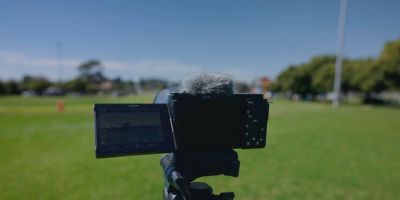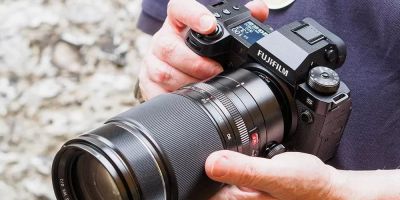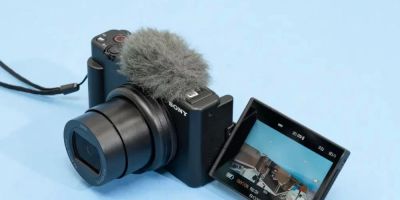- 1-Understanding-Wide-Angle-Lenses
- 2-Advantages-of-Using-a-Wide-Angle-Lens-Camera
- 3-Choosing-the-Right-Camera-with-Wide-Angle-Lens
- 4-Real-World-Applications-and-Stories
- 5-Where-to-Find-Best-Wide-Angle-Camera-Equipment
1. Understanding Wide Angle Lenses
A camera with wide angle lens is designed to capture a broader field of view than standard lenses. Typically ranging from 10mm to 35mm focal length, wide angle lenses excel at encompassing expansive landscapes, tight interiors, and dynamic group shots without losing clarity or detail.
The unique perspective these lenses offer helps photographers emphasize foreground elements and create dramatic depth, making them indispensable tools for both amateur and professional photography.
1.1 Technical Aspects of Wide Angle Lenses
Wide angle lenses have a shorter focal length and larger angle of view. This optical design allows them to capture more of a scene but also introduces challenges such as distortion and edge softness, which modern cameras and lenses increasingly mitigate through advanced engineering.
2. Advantages of Using a Wide Angle Lens Camera
Utilizing a camera with wide angle lens opens up numerous creative possibilities:
2.1 Enhanced Landscape and Architecture Photography
Wide angle lenses enable capturing vast landscapes and imposing architecture in a single frame. This advantage is especially valuable when shooting in confined spaces or when the photographer wants to emphasize scale.
2.2 Improved Environmental Portraits
When photographing people, wide angle lenses help include more background context, telling richer stories through environmental portraits that integrate subjects with their surroundings.
2.3 Creative Perspectives and Dynamic Composition
Wide angle lenses encourage experimentation with angles and composition, creating visually engaging photos with a sense of depth and movement.
3. Choosing the Right Camera with Wide Angle Lens
Selecting the ideal camera equipped with a wide angle lens depends on your photography goals and budget. Consider factors such as sensor size, lens quality, autofocus performance, and portability.
3.1 DSLR vs Mirrorless Options
DSLRs often provide a wide range of compatible wide angle lenses, while mirrorless cameras tend to be more compact with faster autofocus. Both platforms offer excellent wide angle lenses, so personal preference and specific needs play a role.
3.2 Lens Quality and Features
Look for lenses with low distortion, high sharpness, and features like image stabilization and weather sealing, which enhance performance in diverse shooting conditions.
4. Real World Applications and Stories
Photographer Anna shares how switching to a camera with wide angle lens revolutionized her travel photography. She captured breathtaking shots of narrow city streets and vast mountain ranges, scenes she previously struggled to frame effectively.
Similarly, architectural photographer James credits his wide angle lens camera for enabling compelling shots of modern buildings that highlight structure and scale without distortion, impressing his clients and expanding his portfolio.
5. Where to Find Best Wide Angle Camera Equipment
If you’re ready to elevate your photography with a camera with wide angle lens, Photo Studio offers a curated selection of the latest models and accessories. Whether you seek beginner-friendly kits or professional-grade gear, the platform provides expert advice and product options tailored to your needs.
Investing in the right equipment unlocks creative potential and helps capture stunning images that tell unforgettable stories.





